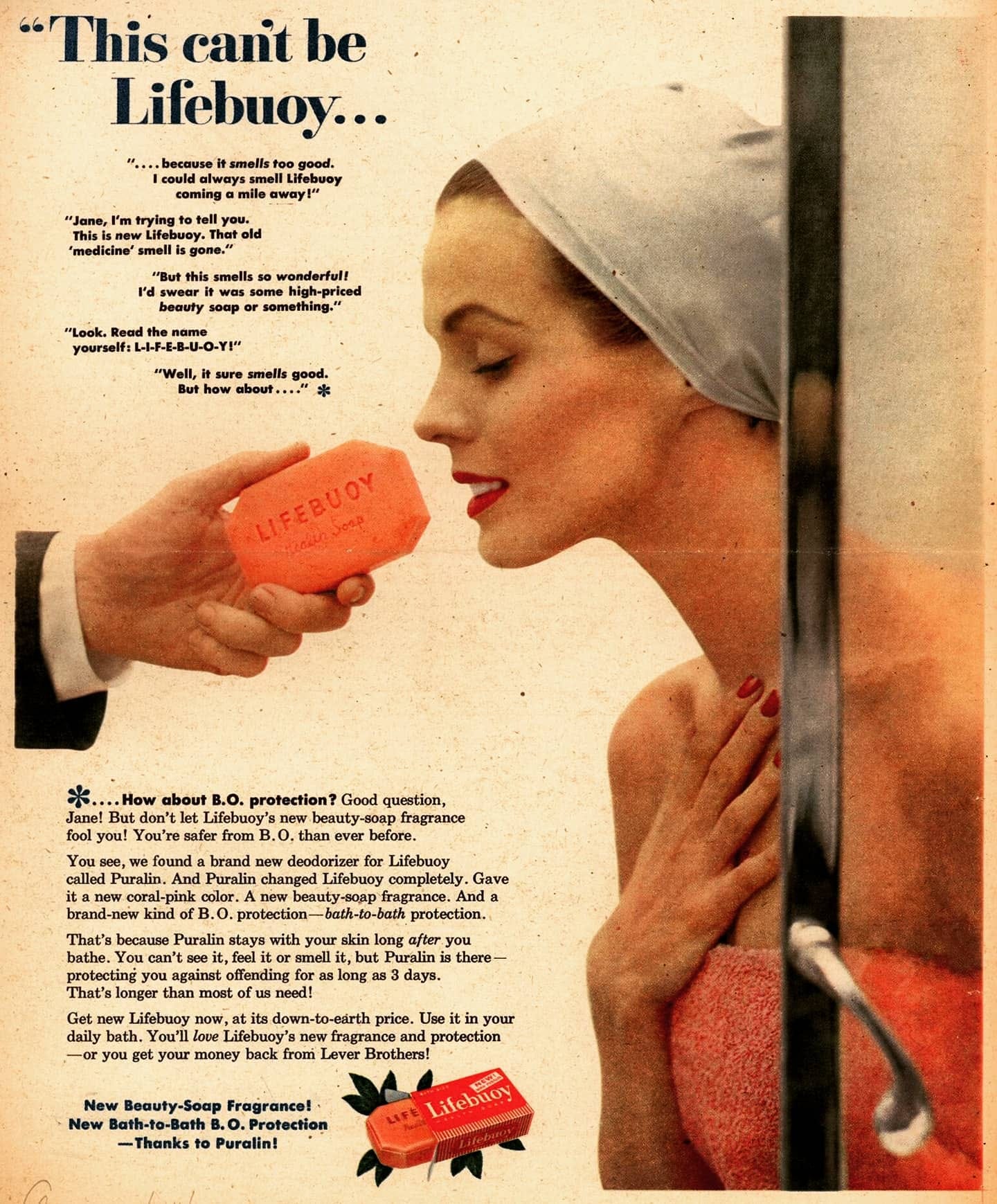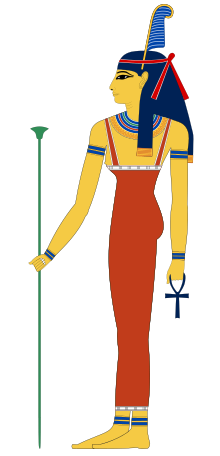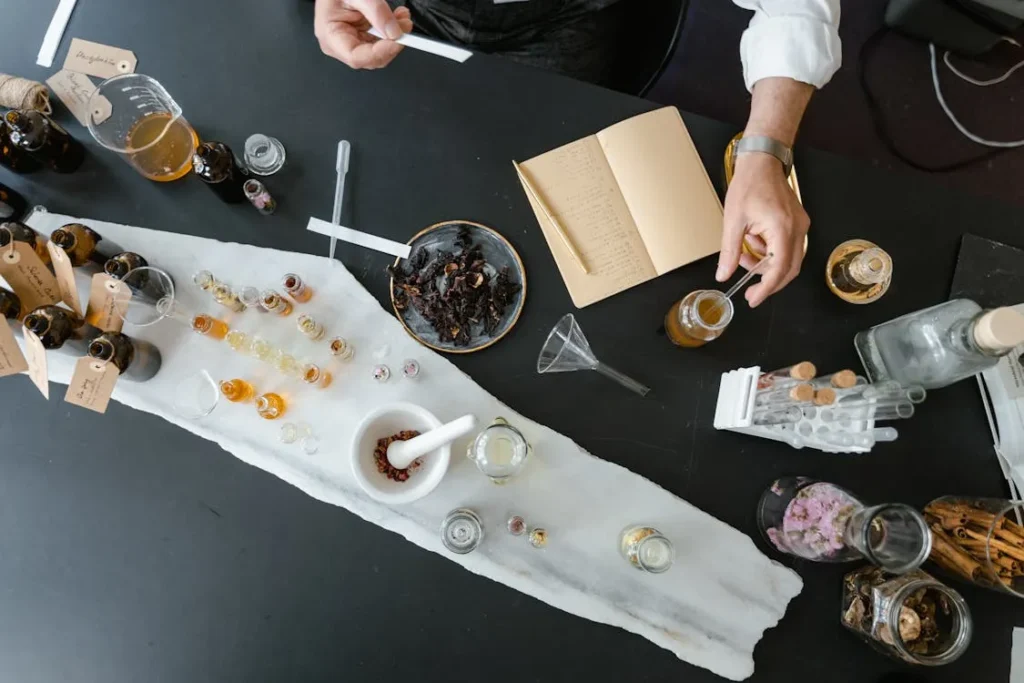Stick a rain-soaked Bombay into an oven, and you get a steaming hot turd. That’s the Delhi weather right now. This edition comes from a coffee-laced, wet-hot afternoon of ferocious typing and editing. It attempts to deconstruct how marketers can strategically use the power of fragrances to stand out, earn loyalty, and add a layer of meaning to their brand.
If a brand is nothing but invisible layers of meaning and fragrance is the invisible salesperson, then, if used well, fragrance can be a powerful tool in a brand manager’s quiver. That’s why investing in fragrance is a no-brainer.
This article shares 3 strategies and 3 tactics –
- Strategies
- Old brands: Fragrance as a moat
- New brands: Design a signature fragrance
- All brands stay in the Goldilocks zone
- Tactics
- We are surrounded by many sources of fragrance inspiration. Use them.
- Sometimes, a fragrance choice is straightforward.
- Visuals, fragrance and descriptions go together
- Finally, remember the Goddess of Ma‘at
As always, the thinking comes with a framework.
Old brands have fragrance as a moat
“Sometimes, true success is if the customer doesn’t think it smells of anything. It’s the brand speaking to you.”
Caroline Fabrigas, CEO of Scent Marketing Inc
If your loyal consumers can identify your product just from its fragrance, your fragrance is a moat.
Like Proust and his Madeleines, if every time we smell the fragrance we remember the brand, and each time we see the brand, we remember the fragrance, our fragrance is a valuable moat.
A perfect example is Nivea. Its fragrance feels like a warm hug on a cold winter evening.
Here are more examples. By the way, 75-95% of our taste comes from smell. That’s why I include iconic food brands also.

Having a fragrance moat is the ultimate flex. But this strategy cannot be rushed – all these brands are 40-100 years old. They’ve had the luxury of repeated exposure in a relatively less cluttered market, which has hardcoded their fragrance (or taste) into the mass consumer psyche.
So if the secret sauce is time, what can new brands do?
They can design a signature scent.
New brands design signature scents
Like we saw in the previous edition, fragrances trigger memories and emotions. For example, citrus might involuntarily remind you of summers, beaches, lemonade on hot afternoons and sour candy.

Brands play a key role in embedding certain smells into our collective psyches too. If you think of freshness (Liril), bathing (Control), washing dishes (Vim) or cleaning the floor (Lizol) each time you smell a certain citrus note, is not a coincidence.
Brands can design their signature fragrance by
- deciding what they want to stand for, i.e. what feelings they want their brand to evoke
- working with fragrance experts to create fragrances to evoke the intended feelings
- testing the fragrances to find the best brand-emotion fit.
Here’s an example: 1 Hotels wanted to stand for organic living, a brand that respects natural resources and indigenous flora. Their values were simplicity, luxury, transparency, and ease. Fragrance experts created a bouquet of earthy moss, herbal greens, and sultry woods to convey these attributes. [Source]

Stay in the Goldilocks zone
Consumers become comfortable with brand fragrances over repeated use. But with broader life experiences, their sensory appreciation evolves. That’s when the delicate dance between fatigue and excitement starts.
Brands don’t want to be left behind because consumers find their fragrance old-fashioned or boring. So, they proactively ‘evolve’ the fragrance or taste – they make the familiar surprising.
Neither do brands want such a new and different fragrance, that it feels alien and consumers dislike the product – they make the surprising familiar.
This is the Goldilocks zone that guarantees success.

Let’s look at both examples.
Making the surprising familiar: Mini Cooper in this ads how that they have reinvented the car, but it retains its soul.
Making the familiar surprising: The lifebouy Carbolic smell had become a liability. In 1952, Lifebouy changed to a perfumed soap to remove fatigue from the product experience.

With all this said, here are top tips for marketers to remember as they design fragrances into their products and marketing mix.
Tactics
1. We are surrounded by many sources of fragrance inspiration. Use them.
- Don’t forget Imprinting fragrances: from our culture: rose, jasmine, sandalwood, spices and from our childhood: talcum powder, candies.
- Scents that evolution and nature have hardwired into us: flowers, fruits, the musk of sweat, green grass, petrichor, ocean, the smell of babies, and so on.
- Products in the market: There is already a laboratory of different types of fragrances hiding in plain sight in the form of consumer products.
2. Sometimes a fragrance choice is straight forward.
- Product linkage: Don’t overthink it if the product itself demands a certain fragrance type.If you sell leather furniture, use a leather smell in the store.Cinnabon purposely places its ovens near its entrance.
- Founder led: sometimes fragrances are integral to the founder’s vision. This is an excerpt from an article in the Guardian.

3. Visuals, fragrance and descriptions go together
Two senses create more powerful brand experiences than just one. There are three tactics brands can adopt, depending on their objective and category.

- Give an interesting name to a familiar fragrance: this is the most basic strategy of name+fragrance combination. Fragrances like Sandalwood, Rose, Jasmine, Turmeric, Citrus are must haves depending on the category. But the name can differentiate your rose from the competitor’s. Here’s how it would work. A soap description of ‘Rose’ might be generic. You could call your soap, ‘Red Rose’ or ‘White Rose.’ To make the familiar surprising. Just remember that if you call your soap ‘Red Rose’, consumers might expect a richer, more ripe rose flavor, vs. a softer and lighter ‘White Rose’ fragrance.
- Cryptic and exotic names should have familiar fragrances: If the product is unfamiliar, make the description and fragrance straightforward. For instance, if seaweed is a new variant, I would keep it simple and describe it as Moisturizing Seaweed. Consumers will buy it for skincare benefits. It would just need a pleasant familiar fragrance, to encourage acceptance upon use.
- You can also jolt my brain into high alert by showing me a dish that looks like a tomato but tastes like an apple.
Ma‘at
Ma‘at was an ancient Egyptian Goddess of truth, morality and ethics. She wore a feather in her hair, which was used as a counterweight to weigh souls.

If the soul was lighter than Maat’s feather, the deceased had lived a righteous life, and they would be allowed to pass through the Lily Lake and into Paradise.
But if the soul was heavier than Maat’s feather, their soul would be devoured by the crocodile-faced god Amenti and they would descend into a state of non-existence.
Here, right now, we won’t know if our soul will be lighter than Maat’s feather or not. In the same way, since our consumers’ collective unconscious brains determine the success or failure of a fragrance, we can never be 100% sure if a product is working because of the fragrance or despite it.
That’s why creating and choosing fragrances requires the precision and lightness of a Maat feather.
